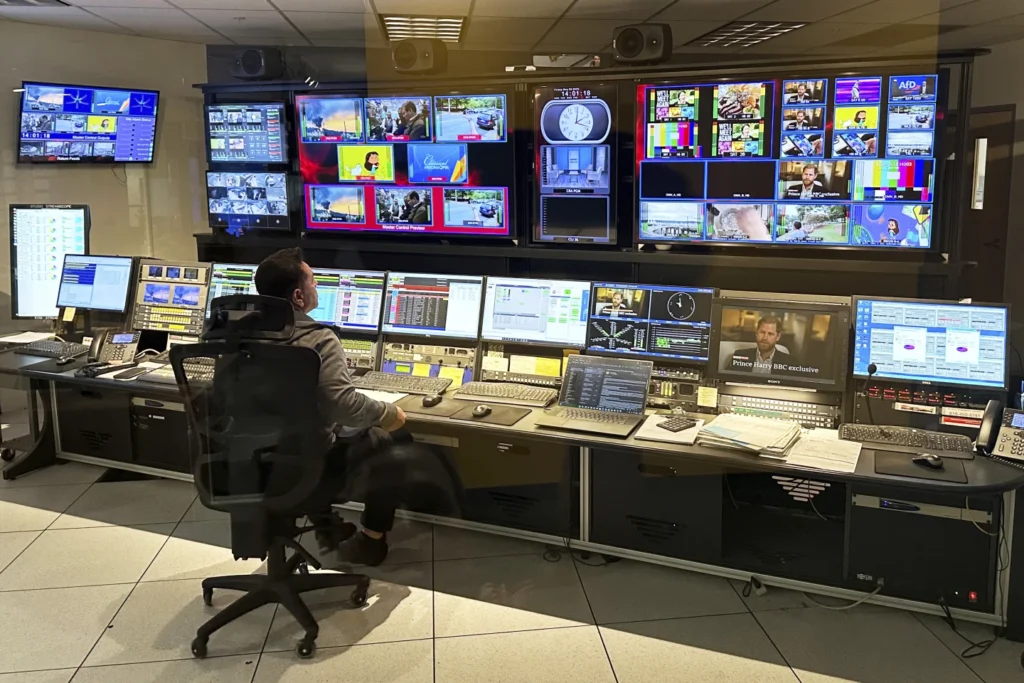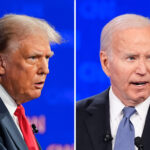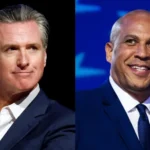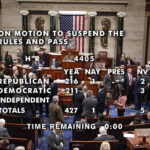Trump Defunds Corporation for Public Broadcasting, CPB to Close/ Newslooks/ WASHINGTON/ J. Mansour/ Morning Edition/ The Corporation for Public Broadcasting will shut down after Congress, led by Trump allies, stripped it of $1.1 billion in funding. The move marks the end of nearly 60 years of public media support that fueled PBS, NPR, and iconic educational programming. Critics warn the closure will devastate rural stations and dismantle trusted sources of cultural and civic content.
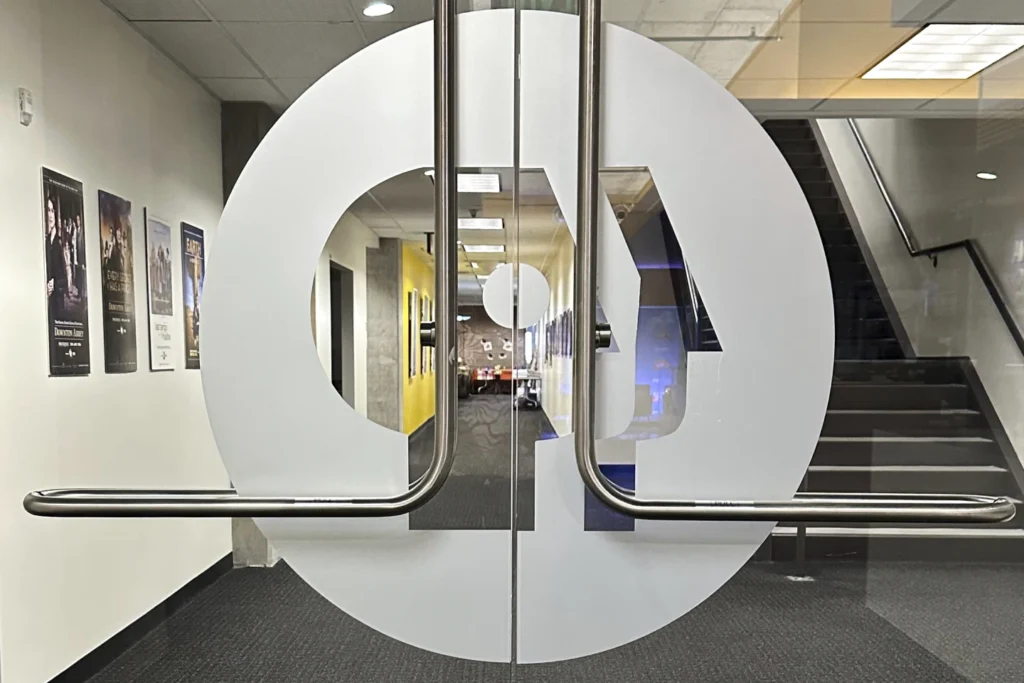
CPB Shuts Down After Trump Defunding – Quick Looks
- CPB announces it will close after losing federal funding.
- Congress removed $1.1 billion from CPB’s budget over two years.
- Senate Appropriations Committee excluded CPB in latest spending bill.
- CPB funded NPR, PBS, and 1,500+ local public media stations.
- Trump called CPB a “monstrosity” and targeted it for years.
- CPB was behind iconic shows like Sesame Street and Mister Rogers’ Neighborhood.
- NPR warns music royalties and licensing deals could collapse.
- Final employee layoffs expected by September 30; transition ends January 2026.
- Democrats tried to restore funds but failed in Senate committee.
- Trump previously fired three CPB board members, tightening control.
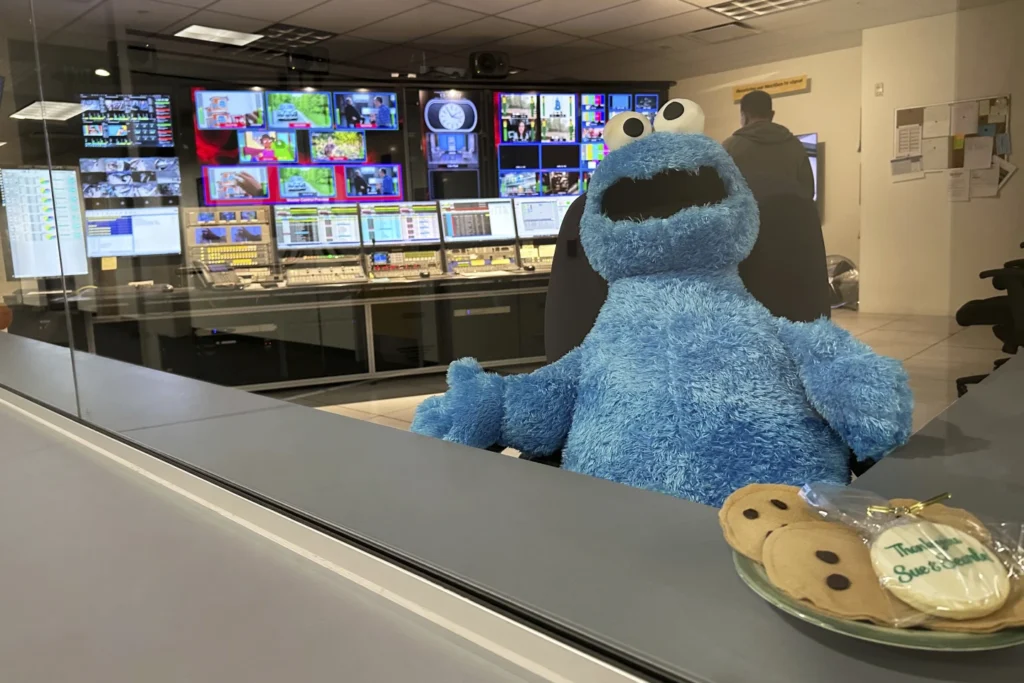
Trump Defunds Corporation for Public Broadcasting, CPB to Close
Deep Look
After nearly six decades as a pillar of public education and cultural life in the United States, the Corporation for Public Broadcasting (CPB) will shut down operations following a decisive move by Congress to eliminate its funding. The closure, which will formally begin on September 30 with final wrap-up work completed by January 2026, ends a chapter in American media history defined by integrity, accessibility, and cultural enrichment.
Founded in 1967 by legislation signed by President Lyndon B. Johnson, the CPB has long played a crucial role in funding PBS, NPR, and over 1,500 local public broadcasting stations. From Sesame Street and Mister Rogers’ Neighborhood to NPR’s All Things Considered, its contributions have helped shape American public life across generations.
But now, in a political climate where President Donald Trump has made public media a frequent target, the institution finds itself defunded and dismantled. The CPB confirmed the news Friday, citing the passage of a congressional budget package that stripped it of approximately $1.1 billion in funding over the next two fiscal years.
How Defunding Happened
The Senate Appropriations Committee, led by Republicans aligned with Trump, formalized the exclusion of CPB funding Thursday as part of a larger spending bill. For the first time in over 50 years, the CPB was omitted from the appropriations process.
Patricia Harrison, president and CEO of the CPB, released a statement mourning the development:
“Despite the extraordinary efforts of millions of Americans who called, wrote, and petitioned Congress… we now face the difficult reality of closing our operations.”
Harrison added that public broadcasting had offered “educational opportunity, emergency alerts, civil discourse, and cultural connection to every corner of the country,” emphasizing the system’s critical and trusted role.
Failed Rescue Attempt
Senate Democrats, led by Sen. Tammy Baldwin (D-WI), attempted a last-minute amendment to restore CPB’s funding but withdrew it during committee negotiations. Baldwin said she remained committed to “fixing this before there are devastating consequences for public radio and television stations across the country.”
Republicans like Sen. Shelley Moore Capito (R-WV) resisted the amendment, referring to the issue as “already litigated.” The GOP’s position has held firm in recent months under growing momentum to defund institutions they view as biased or unaligned with “American values.”
Trump’s Cultural Reshaping
The CPB’s closure represents a clear political win for Donald Trump, who has long accused public broadcasting of liberal bias. In speeches and social media posts, he has labeled CPB a “monstrosity” and criticized its programming as un-American.
Since returning to office in January 2025, Trump has escalated his broader campaign against publicly funded cultural institutions. He has cut budgets, fired key personnel, and issued sweeping executive orders to control what types of history and culture are promoted through federal dollars.
In March, Trump signed an order titled “Restoring Truth and Sanity to American History,” placing Vice President J.D. Vance in charge of auditing federally funded cultural programs. That order claimed that many institutions, including the CPB and the Smithsonian, promote “race-centered ideology” and called for the promotion of what Trump described as “shared American values.”
In April, Trump also fired three CPB board members, a move that legal critics described as political overreach given the CPB’s independent charter.
What the CPB Closure Means
The closure of CPB will ripple across the country, especially in rural and underserved areas where local public radio and TV stations rely heavily on federal support. Nearly 70% of CPB’s budget is distributed directly to over 570 PBS and NPR member stations, providing crucial support not just for content creation, but for infrastructure, emergency alerts, and licensing fees.
NPR President Katherine Maher recently noted that public radio stations play a massive role in broadcasting genres like classical music. An estimated 96% of classical music aired in the U.S. comes through public radio stations—a format likely to vanish or shrink as stations lose CPB funding to pay royalties.
Some local stations may survive through private donations or foundation grants, but many—especially those serving small towns or minority communities—will likely shut down or significantly scale back operations.
The CPB says a small transition team will remain through January 2026, focused on administrative closure tasks such as licensing agreements and intellectual property management, including music royalties.
A Generational Legacy Ends
Beyond the politics, the CPB’s closure marks the end of a model that prioritized civic education, non-commercial media, and cultural inclusivity. From children’s programming to in-depth news analysis and local storytelling, CPB-funded content reached millions without the influence of commercial advertisers.
“We are deeply grateful to our partners across the system for their resilience, leadership, and unwavering dedication to serving the American people,” Harrison said in her final remarks.
With the CPB gone, the future of public broadcasting in the U.S. hangs in uncertainty, shaped by a shifting political landscape and questions over how America tells its stories—if at all.

